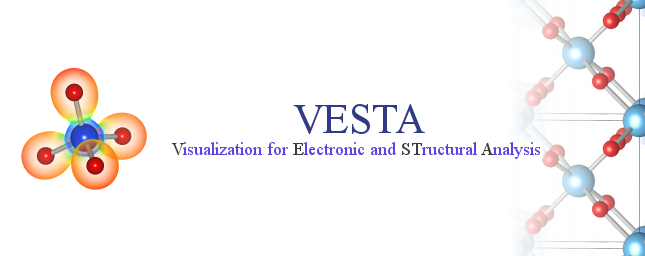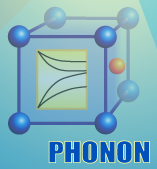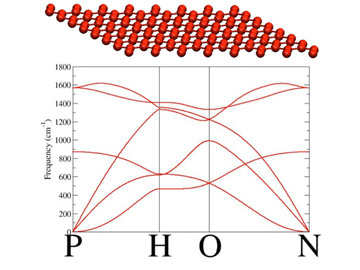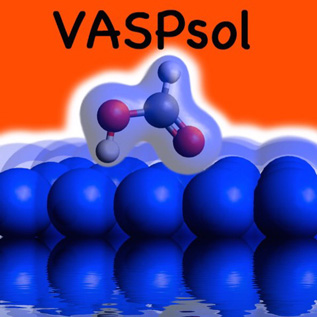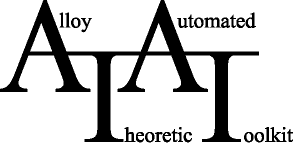materials design
An industrially supported, compiled, and tested form of VASP is part of Materials Design’s MedeA software environment. Integrated with the world’s leading structural databases, MedeA offers VASP users a comprehensive software platform for large-scale computational materials science and engineering.




